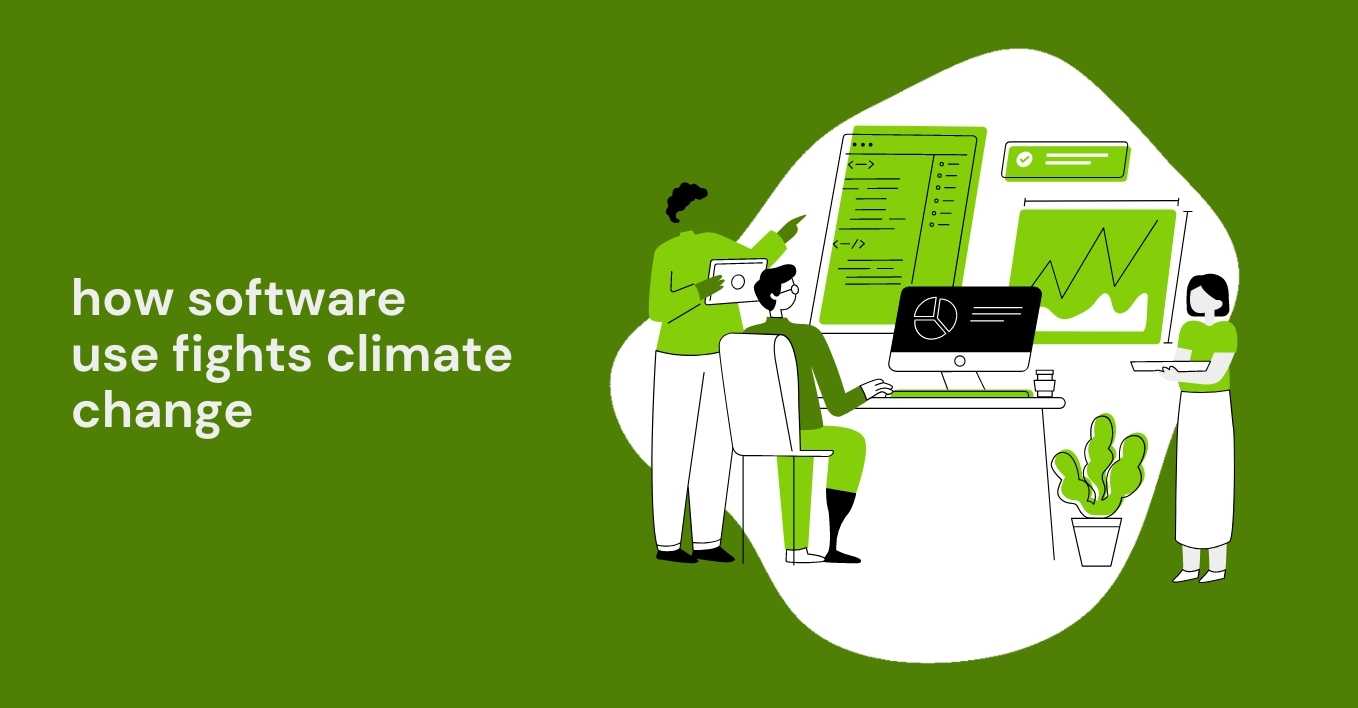It’s now widely recognized by governments, private markets, think tanks, and consumers that renewable energy and sustainable technologies represent the future of the global economy. While much attention is paid to solar, wind, green hydrogen, and other ground-breaking technologies, not a lot of focus has been placed on software processes – which are also crucial to fighting climate change and can underpin renewable technologies.
Smart software moves the world closer to achieving a fully electric, decarbonized, and fiscally efficient energy and distribution system. When applied at the organizational level, smart software can reduce emissions and increase efficiency in renewable energy firms. Pair these two benefits together, and it’s easy to see why cleantech advocates are so enthused about the rise of technological solutions.
Real-time consumption updates and forecasts enable the development of tight energy budgets – and with energy efficiency being one of the fastest ways of meeting sustainability goals – it’s clear that software solutions will play a key role in the renewable energy revolution.
According to Ken Munson, CEO of Sunverge Energy, the need to incorporate advanced software into renewable energy operations is because “software turns renewable energy into smart renewable energy.”
While this distinction may sound arbitrary, it’s really not.
Up until the last few years – during which time an explosion of new, advanced software applications emerged – distributed renewable energy hadn’t been used in the best manner to benefit consumers or the grid. It still isn’t, though smart software does mitigate some inefficiency. Largely, this is a result of existing energy grids being designed for centralized, hydrocarbon-based electricity production. Additionally, energy infrastructure deterioration is a problem in much of the world, including the United States.
New software applications, however, are helping make up for outdated infrastructure by dynamically optimizing a homeowner – or company’s – energy management system.
Software’s soon-to-be fundamental role in energy systems is a result of its ability to maximize opportunities and minimize threats at different points in an energy supply chain at any given time. Not to mention, it’s automatic and frees up social capital for other tasks. By prioritizing operations in response to changing contexts at home or work – or on the grid – smart software systems create smooth, automatic, and agile transitions from one demand-supply situation to the next. And this is why renewable energy advocates need to push harder for smart software adoption across the industry.
Unfortunately, despite the rapid ascension of software solutions in global markets, renewable energy developers, policymakers, and the general public still aren’t paying enough attention to it. This is unfortunate, as they’re an enabling force that has the potential to revolutionize how renewable energy is produced, consumed, and organized.
There are still externalities associated with the production and consumption of renewables, meaning there is room for improvement. And that’s precisely what software applications can offer: improvement. Both in terms of environmental and fiscal conditions – and for individuals or businesses. The less energy that is consumed – and the more efficiently clean energy can be produced – the fewer raw inputs will need to be mined to support the switch to renewable energy.
The flexibility and applicability of software technology is truly impressive – so much so that it could save billions of dollars for utilities annually. Maintaining peaker plants – power plants, usually gas-fired, that are kept online only for occasional use during periods of high demand – is an incredibly expensive and inefficient use of capital.
Data from the U.S. Energy Information Administration suggests that peaker plants are offline for more than 90% of the time. It’s quite possible that smart software-driven renewable energy could eliminate the need for them altogether – something that would save ratepayers (indirectly through utility charges), carbon emissions, and utilities quite a lot of money.
While there exist many systemic barriers to renewable energy adoption – chief among them being outdated energy grids – smart software represents a significant opportunity to drive growth in the cleantech sector. By enabling greater information tracking and automating transitions from one demand-supply context to the next, smart software holds the key to the next stage of the renewable energy revolution.




